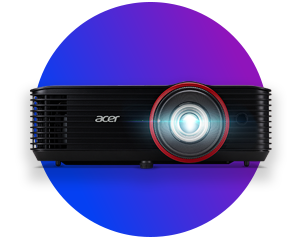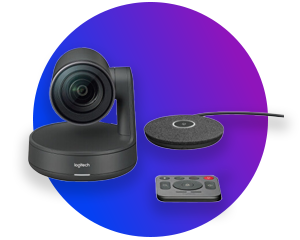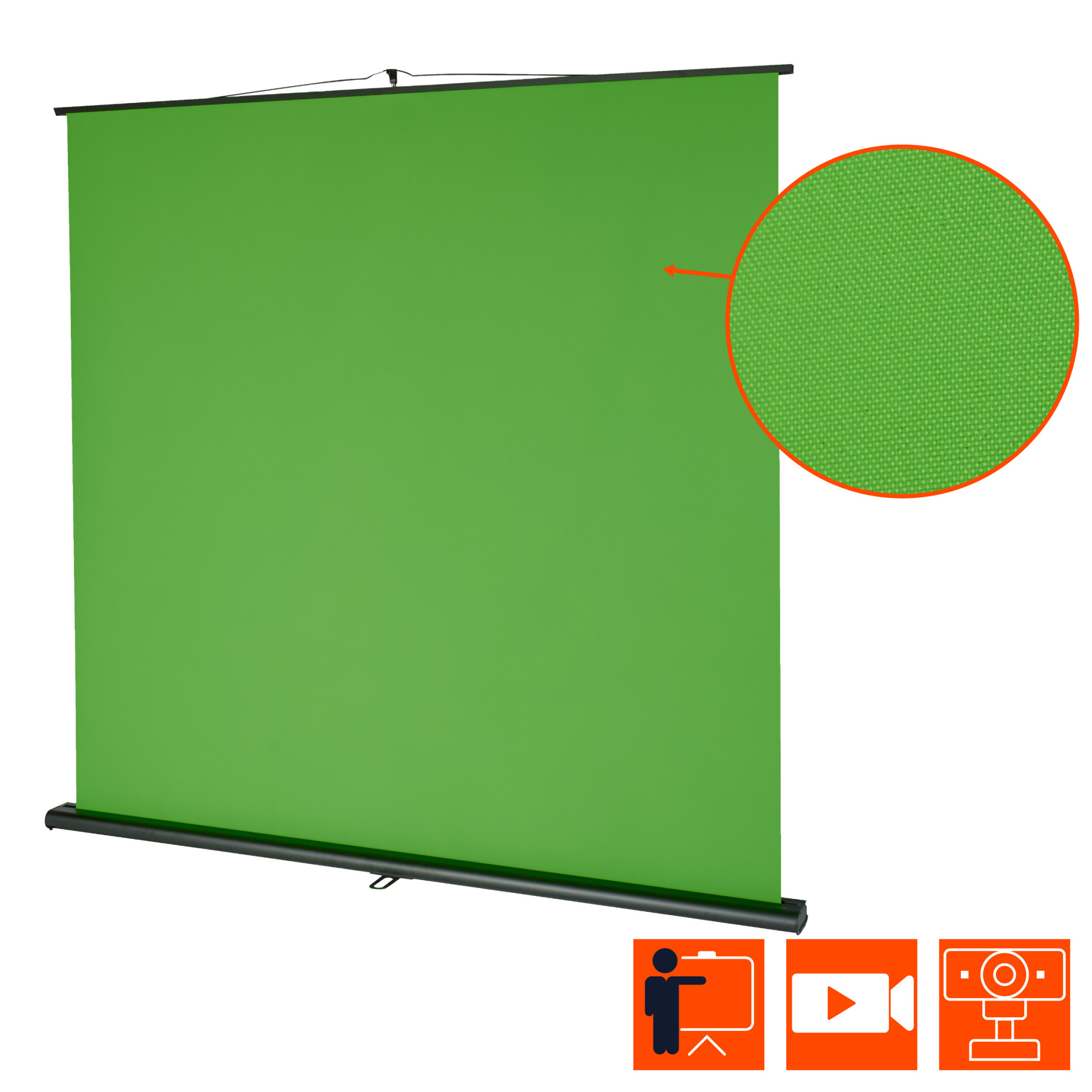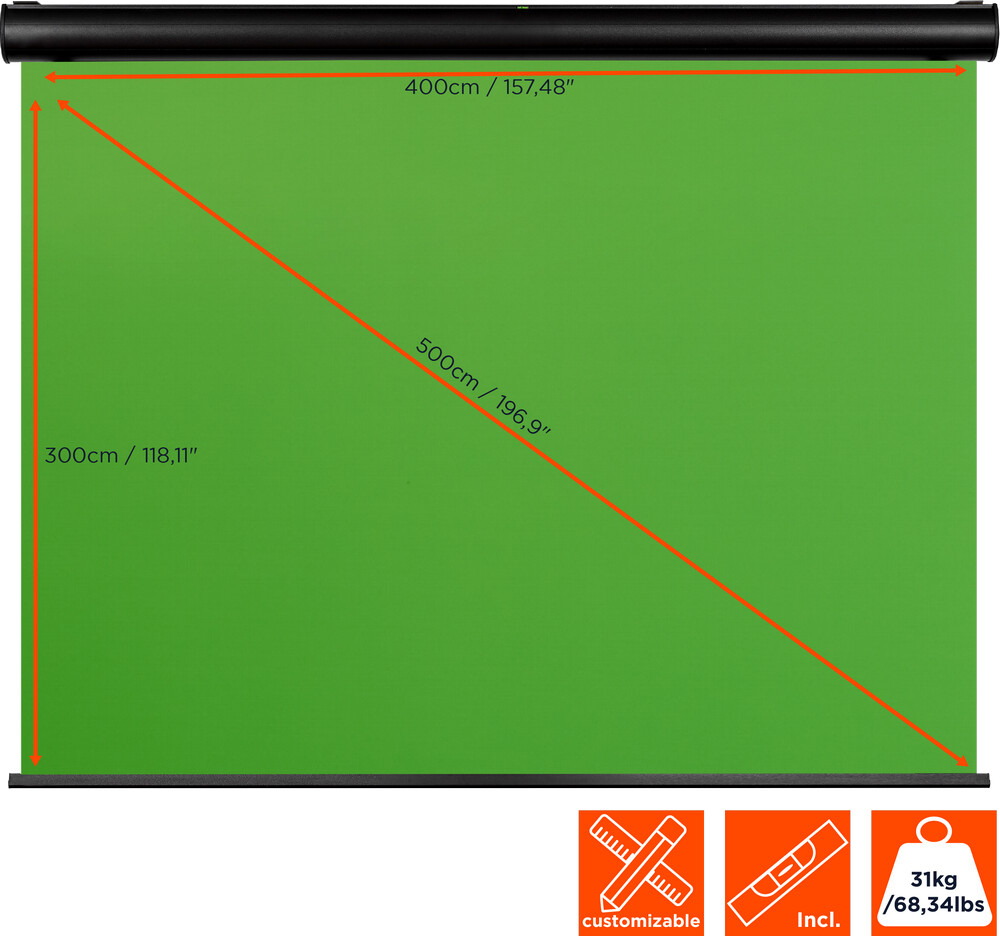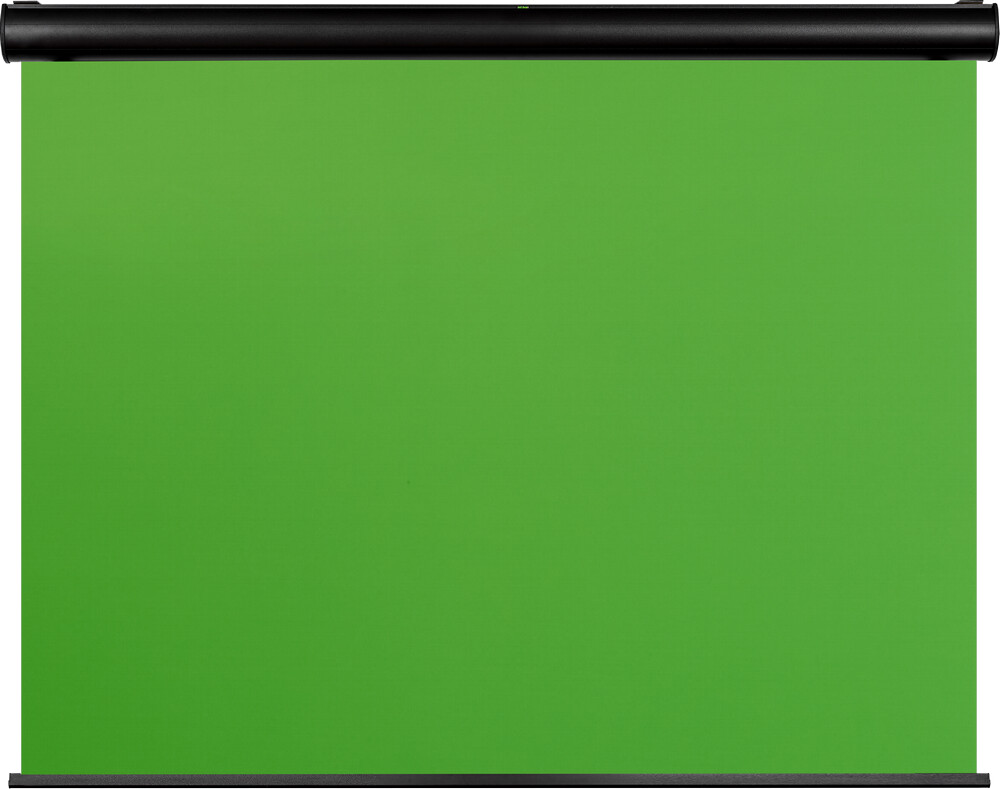Green Screens
Green screens offer you the possibility to transform a neutral background into a background of your choice. This technique is used for cropping photos, recording video conferences, live broadcasts of gaming events or YouTube videos. There are various possibilities on how a green screen can come. The most common are portable green screen solutions to set up, because they can be used in different rooms. There are also stationary solutions that are mounted on the ceiling or wall like a roller blind screen. Green Screens offer the optimal solution for interactive backgrounds in your own photo and video studio.
5 Products
Sort by:


